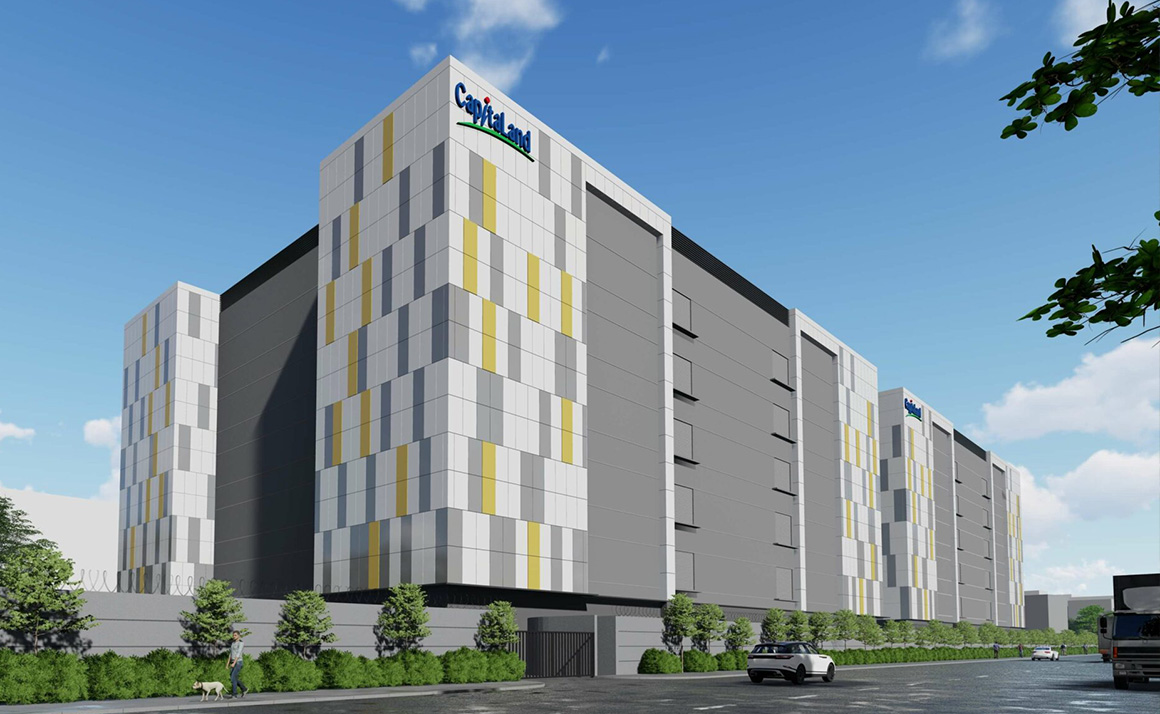
Evolving office real estate: from cost to data-driven optimisation
Discover how data-driven real estate optimization is transforming workplace strategies in Asia Pacific.
Since the pandemic, office attendance and work patterns have varied dramatically between occupiers, cities and nations in this region, however the goal remains the same: getting the most out of the workplace.
Historically, real estate was managed with a simple focus on cost per square foot, however today’s most progressive organisations are prioritising metrics which reflect broader business outcomes. We are moving away from head count and seat count, to be able to cater for peak occupancy and average daily usage. Occupiers recognise that their real estate portfolio is a tool to boost their business, not just a cost.
Companies which have invested into more progressive methods of measuring and analysing occupancy data have been able to move much more swiftly than those still relying on surveys and occupancy analysis. Today, companies are more willing to release the investment needed, due to the increased focus on attendance and productivity.
New tools and cloud-based architecture allow companies to measure occupancy and employee engagement in real time, rather than relying on intermittent surveys. Sensors have been in the workplace for years, but what has been missing is the ability to pull the information together in real time and to combine it with portfolio level metrics.
The goal of these sensor and connected technologies is data-driven real estate optimisation, where organisations can track real-time occupancy, driving more informed decisions about space usage.
Such technologies are particularly useful to occupiers in Asia Pacific, where many markets traditionally have shorter lease terms. The financial commitments are shorter and the feedback loop is smaller so end-users can adjust their portfolios faster.
Being able to react swiftly to changing occupational patterns is useful for companies but even better is being able to predict what will happen and use this forecasting to optimise portfolio and business performance. Predictive analytics which anticipate space needs based on changing work patterns will enable proactive management.
The prospects for these new technologies look bright; it can drive more efficient real estate design and development. We can look forwards to buildings which produce less waste, are better to work in and which lower costs for occupiers.
Further reading:
Global Occupier Services
Contact Us:
Matthew Fitzgerald



